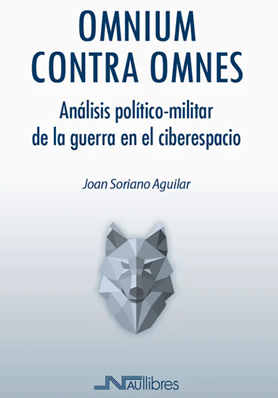
For those interested in cybersecurity, journalist Brian Krebs is a more or less standard reference. Krebs, who used to cover cybercrime cases for the Washington Post, left his position in the newsroom and set up his own blog to continue investigating what is behind some of the most notorious cases or the most common crimes.
In his first (and so far only) book, “Spam Nation,” Krebs tells us about the so-called “Pharmaceutical Wars” between the leaders of two criminal “families”, who between 2007 and 2013 competed for the market of spamming and selling counterfeit drugs.
The two spammers, Pavel Vrublevsky and Dimitry Nechvolod, escalated their rivalry by leaking information about each other, bribing authorities, competing on price and, finally, even ordering the assault and physical elimination of their rivals. All in a six-year “war” that ended with the defeat of both.
Krebs, who tells in first person his inquiries about this rivalry, even learned Russian and traveled to the Russian Federation to interview them in person and, along the way, gives us a portrait of how the mafias that use the Internet for their purposes act and organize themselves.
[Read more…]





